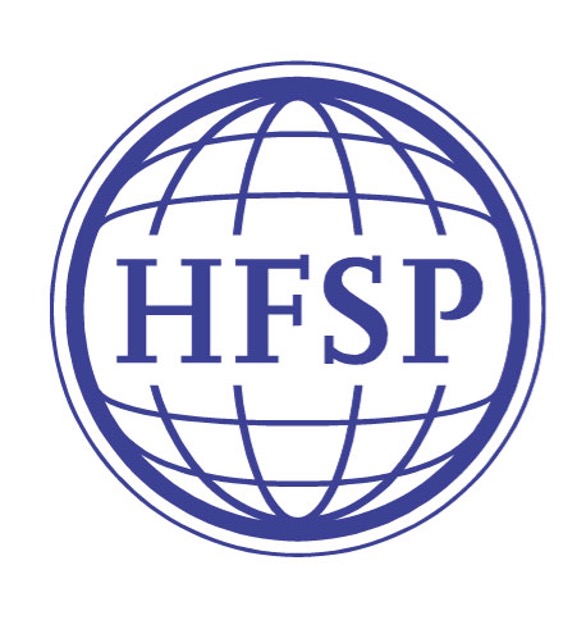Research
The interactions of billions of neurons ultimately give rise to our thoughts and actions. Remarkably, much of our behavior is learned starting in infancy and continuing throughout our lifespan. We aim to develop a mathematical toolkit suitable for analyzing and describing learning in the brain and mind. Our current focus is on the theory of deep learning, a class of artificial neural network models that take inspiration from the brain. Alongside this theoretical work, we develop close collaborations with experimentalists and conduct our own experiments to empirically test principles of learning in biological organisms. The lab is run by Andrew Saxe.
Selected publications
Saxe, A. M., McClelland, J. L., & Ganguli, S. (2019). A mathematical theory of semantic development in deep neural networks. Proceedings of the National Academy of Sciences, 116(23), 11537–11546. https://doi.org/10.1073/pnas.1820226116
Abstract | arXiv | DOIAn extensive body of empirical research has revealed remarkable regularities in the acquisition, organization, deployment, and neural representation of human semantic knowledge, thereby raising a fundamental conceptual question: What are the theoretical principles governing the ability of neural networks to acquire, organize, and deploy abstract knowledge by integrating across many individual experiences? We address this question by mathematically analyzing the nonlinear dynamics of learning in deep linear networks. We find exact solutions to this learning dynamics that yield a conceptual explanation for the prevalence of many disparate phenomena in semantic cognition, including the hierarchical differentiation of concepts through rapid developmental transitions, the ubiquity of semantic illusions between such transitions, the emergence of item typicality and category coherence as factors controlling the speed of semantic processing, changing patterns of inductive projection over development, and the conservation of semantic similarity in neural representations across species. Thus, surprisingly, our simple neural model qualitatively recapitulates many diverse regularities underlying semantic development, while providing analytic insight into how the statistical structure of an environment can interact with nonlinear deep-learning dynamics to give rise to these regularities.
Advani*, M., & Saxe*, A. M. (2017). High-dimensional dynamics of generalization error in neural networks. ArXiv.
pdf | arXivSaxe, A. M., McClelland, J. L., & Ganguli, S. (2014). Exact solutions to the nonlinear dynamics of learning in deep linear neural networks. In Y. Bengio & Y. LeCun (Eds.), International Conference on Learning Representations.
Abstract | pdf | arXivDespite the widespread practical success of deep learning methods, our theoretical understanding of the dynamics of learning in deep neural networks remains quite sparse. We attempt to bridge the gap between the theory and practice of deep learning by systematically analyzing learning dynamics for the restricted case of deep linear neural networks. Despite the linearity of their input-output map, such networks have nonlinear gradient descent dynamics on weights that change with the addition of each new hidden layer. We show that deep linear networks exhibit nonlinear learning phenomena similar to those seen in simulations of nonlinear networks, including long plateaus followed by rapid transitions to lower error solutions, and faster convergence from greedy unsupervised pretraining initial conditions than from random initial conditions. We provide an analytical description of these phenomena by finding new exact solutions to the nonlinear dynamics of deep learning. Our theoretical analysis also reveals the surprising finding that as the depth of a network approaches infinity, learning speed can nevertheless remain finite: for a special class of initial conditions on the weights, very deep networks incur only a finite, depth independent, delay in learning speed relative to shallow networks. We show that, under certain conditions on the training data, unsupervised pretraining can find this special class of initial conditions, while scaled random Gaussian initializations cannot. We further exhibit a new class of random orthogonal initial conditions on weights that, like unsupervised pre-training, enjoys depth independent learning times. We further show that these initial conditions also lead to faithful propagation of gradients even in deep nonlinear networks, as long as they operate in a special regime known as the edge of chaos.
Funding
The lab is supported by the Gatsby Charitable Foundation, Wellcome Trust, CIFAR Program in Learning in Brains & Machines, Schmidt Science Polymaths Program, and the Human Frontier Science Program.




